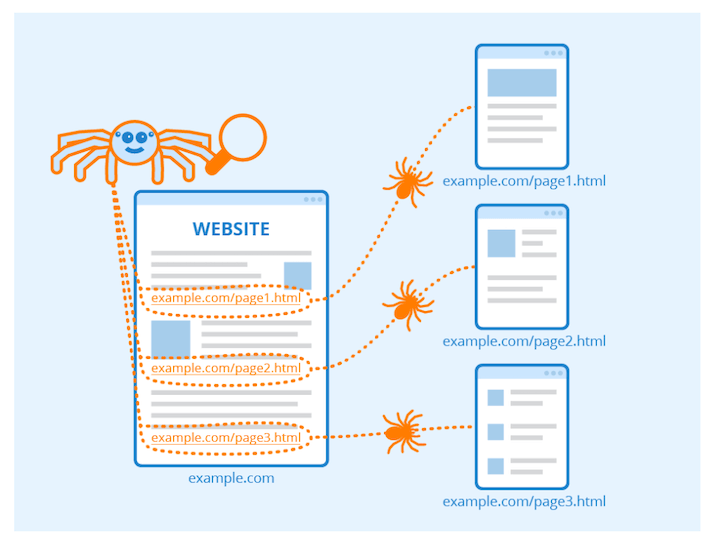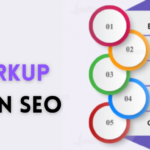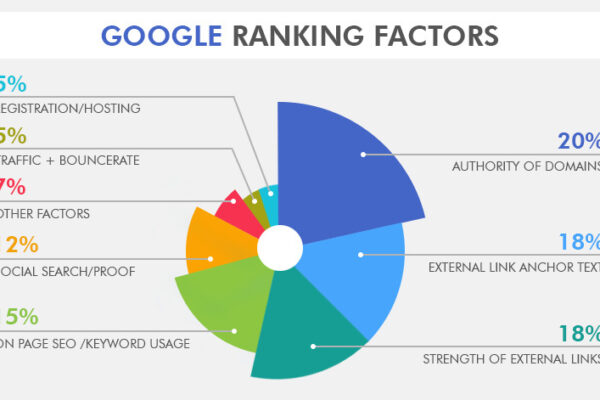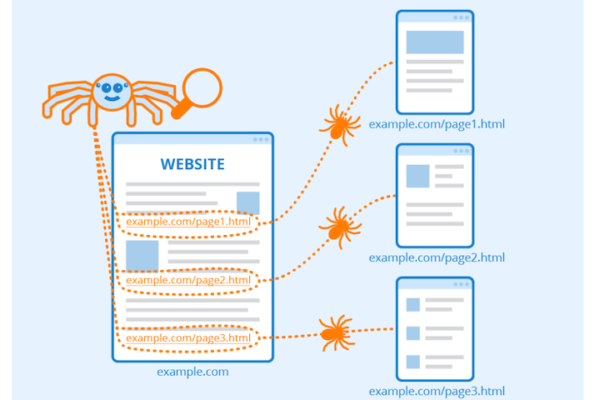Internal links are important for SEO because they help search engines understand the structure of a website, making it easier for them to crawl and index content. By linking relevant pages within a site, internal links distribute page authority and boost the visibility of important pages. They also enhance user experience by guiding visitors to related content, encouraging them to spend more time on the site.
What Are Internal Links?
Internal links are essential components of a website’s structure, serving as hyperlinks that connect one page to another within the same domain. These links are instrumental in enhancing user experience by enabling visitors to easily navigate between related content, thereby encouraging them to explore more of the site. By creating a logical flow of information, internal links make it easier for users to find the most relevant pages, reducing bounce rates and increasing time spent on the site. From an SEO perspective, internal links play a crucial role in helping search engines understand the relationships between pages, which in turn improves the crawling and indexing process. This assists search engines in determining the importance of different pages within a website and how they are connected, which can positively impact a website’s search engine ranking.
Moreover, well-structured internal linking can also help distribute page authority and link equity across a site, boosting the overall SEO performance and visibility in search engine results. In essence, internal links are a key element in both user experience and SEO strategy, driving engagement and facilitating site navigation while also enhancing a website’s search engine optimization efforts.
What are the Types of Internal Links?
Internal links are hyperlinks that point to other pages or content within the same website or domain. They play a crucial role in website navigation, SEO, and user experience. There are several types of internal links, including:
- Navigational Links
These links help users navigate the website. Typically, they appear in the website’s main menu, footer, or sidebars. They guide users to important sections, categories, or pages on the site.
Example: Links in the website’s header (e.g., “Home,” “About Us,” “Contact”).
- Footer Links
Links placed in the footer of a website. These links often point to essential pages that might not be part of the primary navigation but are important for users, such as privacy policies, terms of service, or site maps.
Example: “Privacy Policy,” “Terms & Conditions.”
- Sidebar Links
These links are located in the sidebar of a page. They often point to categories, related articles, or popular content.
Example: “Top Articles,” “Related Posts.”
- Contextual Links
These are links embedded within the text of a page that direct users to other relevant content on the site. They often enhance the user experience by providing additional resources or information.
Examples: Links within blog posts or articles that refer to other articles, product pages, or related topics.
- Breadcrumb Links
Breadcrumbs provide a visual trail for users to follow back to previous pages or sections on a website. They typically appear at the top of a page and help users understand their location on the site.
Examples: “Home > Blog > Post Title”
Why are Internal Links Important for SEO?
Internal links are crucial for SEO (Search Engine Optimization) because they help search engines understand the structure of a website, guide users through content, and contribute to the overall visibility and ranking of a site.
Here’s why they are important:
- Increased Page Authority
- Linking from high-authority pages within your site to other pages helps pass that authority on. This internal linking structure ensures that even pages with fewer external backlinks can benefit from internal pages with higher authority, increasing their chances of ranking well.
- Improved Site Navigation
- Internal links help users navigate a website more easily by connecting different pages, making it easier for them to find relevant content. When users stay longer and interact with multiple pages, it signals to search engines that the site has quality content, leading to improved rankings.
- Better Crawling and Indexing by Search Engines
- Search engine crawlers use internal links to discover and index pages on your website. If pages are not properly linked, they may be difficult for search engines to find. Internal links help search engines crawl a site more efficiently and index important pages, ensuring they are included in search results.
- Improved User Experience
- Internal links make it easier for users to find related or additional content. This improves user engagement, as they spend more time on your site exploring different pages. A good internal linking strategy can lower bounce rates and increase the chances of conversions, both of which are positive signals for SEO.
In summary, internal links are a vital part of SEO as they enhance website navigation, distribute authority, improve content relevance, and help search engines understand the structure and importance of different pages on a website.
How Do Internal Links Impact SEO?
Internal links play a significant role in SEO by improving the overall structure and navigation of your website. Here’s how they impact SEO:
- Improved Crawlability: Internal links help search engines like Google crawl your website more effectively. By linking to important pages within your site, you enable search engines to discover and index more of your content, which can increase your site’s visibility in search results.
- Page Authority Distribution: Internal links allow you to distribute link equity throughout your site. Pages that are linked to from high-authority pages pass some of their authority to those linked pages, which can improve their rankings.
- User Experience: Good internal linking enhances the user experience by making it easier for visitors to navigate your site. When users can easily find related content, they spend more time on your site, which can reduce bounce rates and increase engagement—factors that can indirectly improve SEO.
- Relevance and Context: Internal links help search engines understand the relationship between different pages on your site. By using relevant anchor text (the clickable text in a hyperlink), you can provide context about the content on the linked page, helping search engines determine its relevance for specific queries.
- Hierarchy and Structure: Internal linking allows you to create a clear site hierarchy, signaling to search engines which pages are the most important. A well-structured internal linking strategy makes it easier for search engines to prioritize content, improving the chances of ranking higher for relevant keywords.
- Boosting Long-Tail Keywords: Internal links can also be used to target long-tail keywords, as they help link pages that may not be naturally getting backlinks from external sources. This can help you rank for more specific, less competitive terms.
In summary, internal links are vital for improving crawlability, distributing link equity, enhancing user experience, and providing context to search engines, all of which contribute to better SEO performance.
Internal Linking Best Practices for SEO
Internal linking is a crucial element of SEO, as it helps search engines understand the structure of your website, improves user experience, and increases page authority. Here are the best practices for internal linking:
- Use Descriptive Anchor Text
- Use relevant and descriptive keywords as anchor text for your internal links.
- Avoid using generic phrases like “click here” or “read more” unless they’re accompanied by contextually relevant text.
- Prioritize Link Placement
- Place important internal links near the top of your content.
- Links in the first 100 words of a page are more likely to be noticed by users and search engines.
- Maintain a Logical Structure
- Organize your site with a clear hierarchy. Use internal links to connect:
- Category pages to subcategory pages.
- Subcategory pages to individual posts or product pages.
- Link to Relevant Content
- Ensure the linked pages are contextually related to the content of the current page.
- This improves both user experience and the topical relevance of your site for search engines.
- Link to High-Priority Pages
- Focus on linking to important pages (e.g., product pages, cornerstone content) to pass link equity.
- Make sure these pages are easy to find through navigation or contextual links.
















